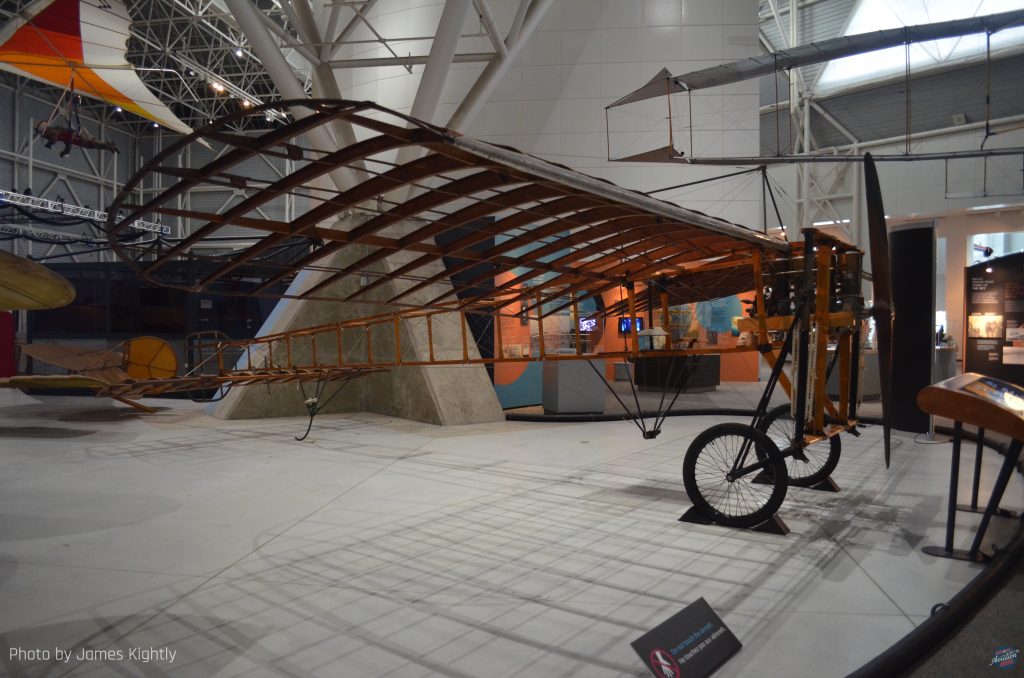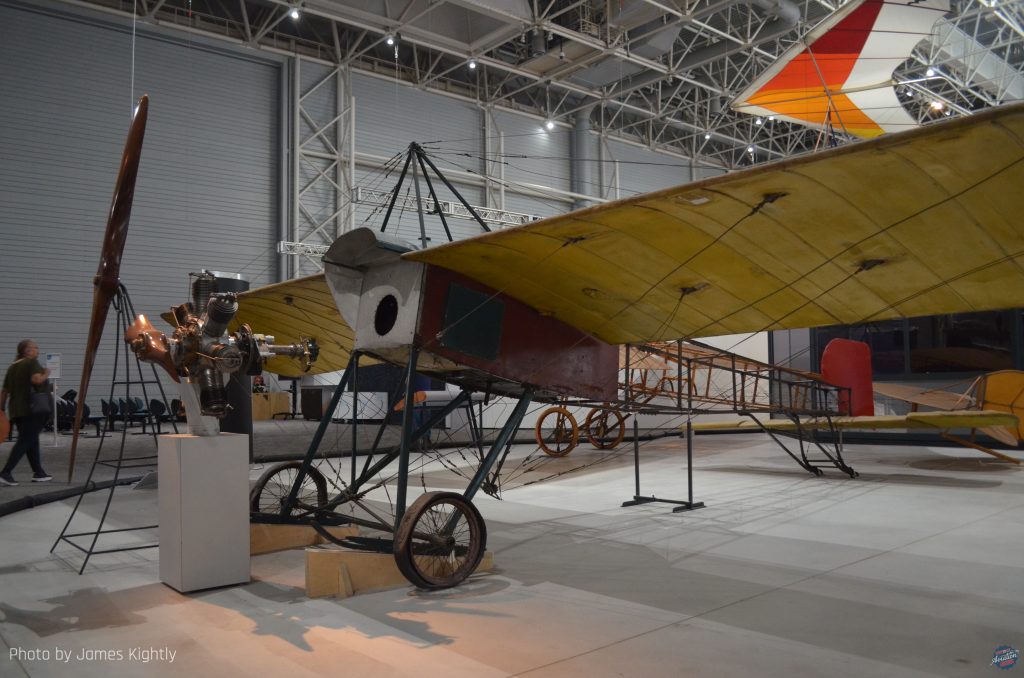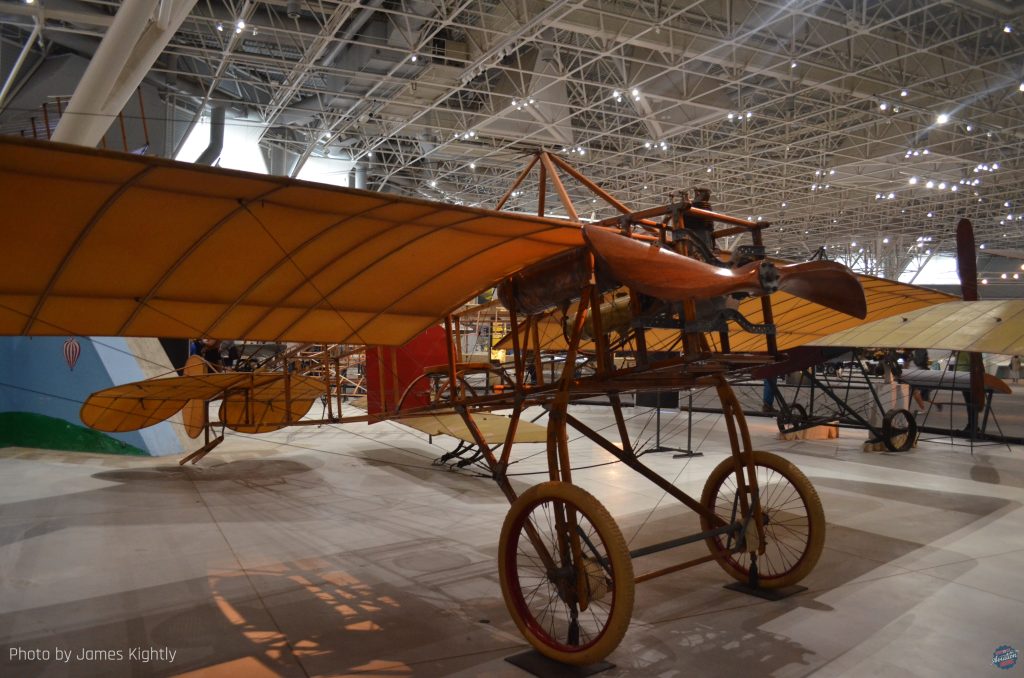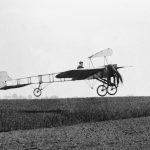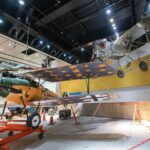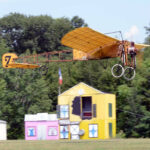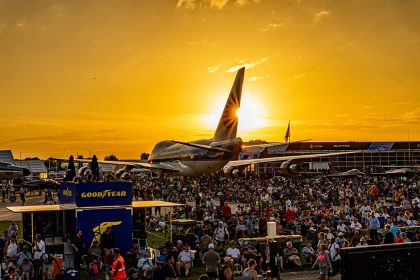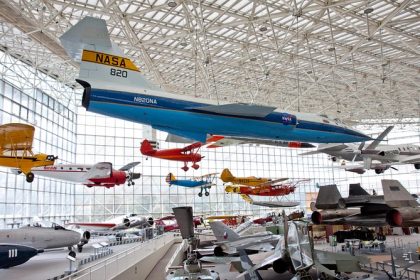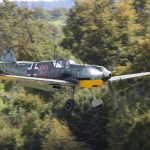Many people have been very pleased to see the white cliffs of Dover come into sight. Only one of them won a £1,000 prize by crash-landing just above them! Louis Blériot undertook what is generally now recognized to be one of the great steps forward in aviation and world history. As covered by Adam Estes’ article ‘Today in Aviation History: First Flight of the Blériot XI‘, the story of the Blériot XI type is an important one, and resulted in (for the time) mass production of the type and a notable number of copies and derivatives, as we discuss here.
It is hard to be precise about the number of Blériot XI aircraft ‘surviving’ today, as most of the examples seen are replicas, though there are a handful of historic originals. Complicating it further is the wide number of copies and derivatives, which we will also touch upon. Here are some highlights, some oddities and (the very important) most original, historic examples.
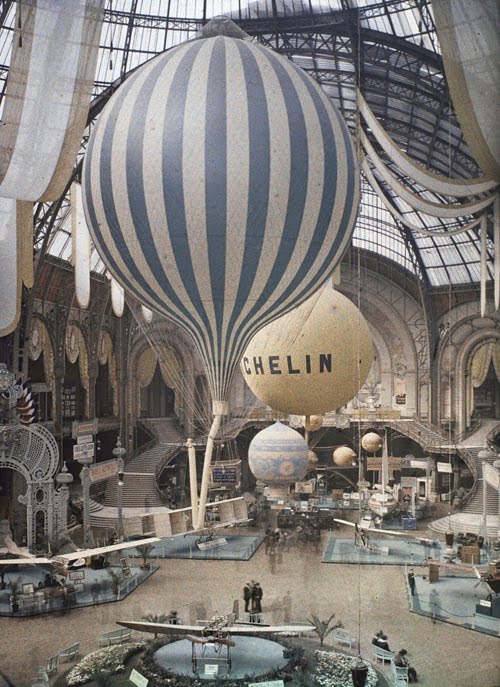
The most important, and remarkably, exceptionally original is Louis’ original channel crossing machine. Naturally, aircraft and man were fêted by the French, and recognized worldwide. After display at the Grand Salon in Paris, in October 1909, Louis’ original Channel conquering Blériot was reverentially placed in the Musée des Arts et Metiers, Paris, where it still is today, suspended at a giddy height in the roof of the ex-Abbey.
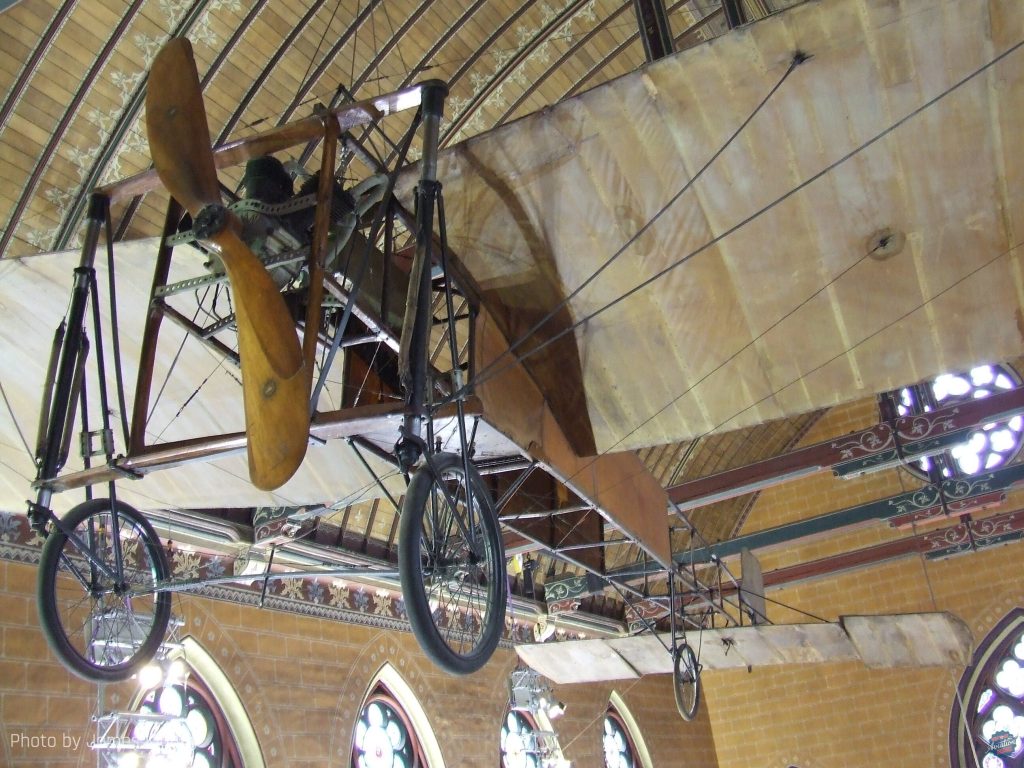
Without question, this is one of the most important aircraft surviving; while there are a number of original, world record machines preserved, few can come close to the importance, encompassed by age, significance, and originality. It is also notable that it is one of the less-well-known historic machines to many aviation aficionados despite having been on display, pretty much continuously, for over a century.
The oldest active Blériot is in the UK, with The Shuttleworth Collection, and it has been an airshow participant not only in the modern era, but in the 1930s as well. Flown—mostly hopped—unregistered for many years at Old Warden, it was registered as G-AANG as part of a clean up of these legacy aircraft the collection owns.
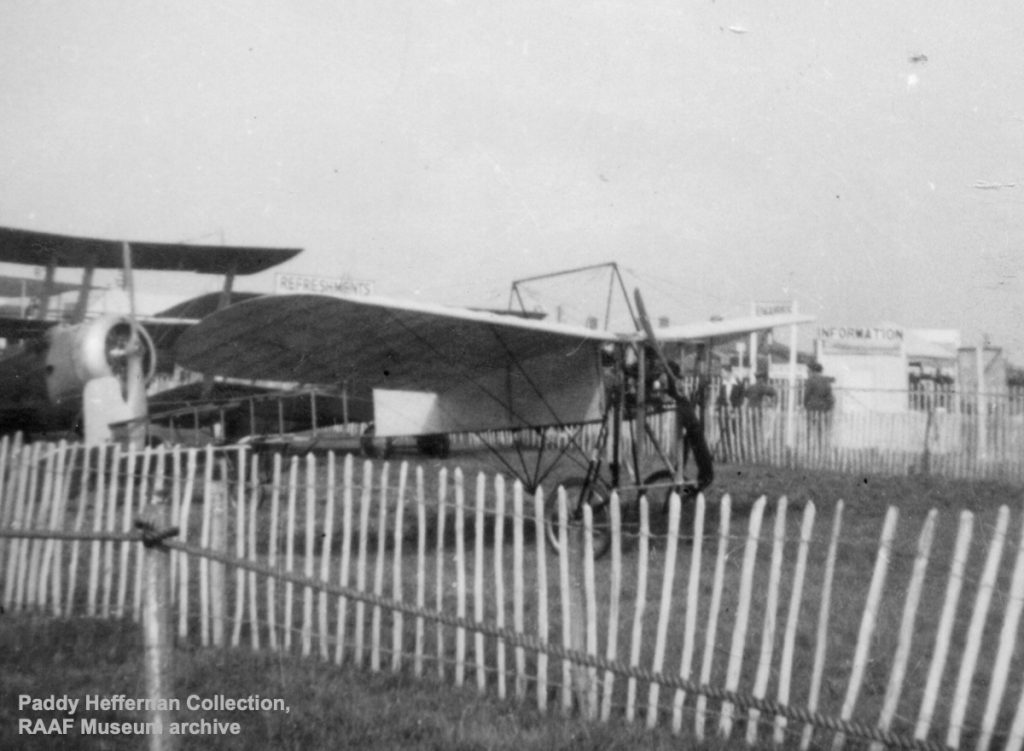
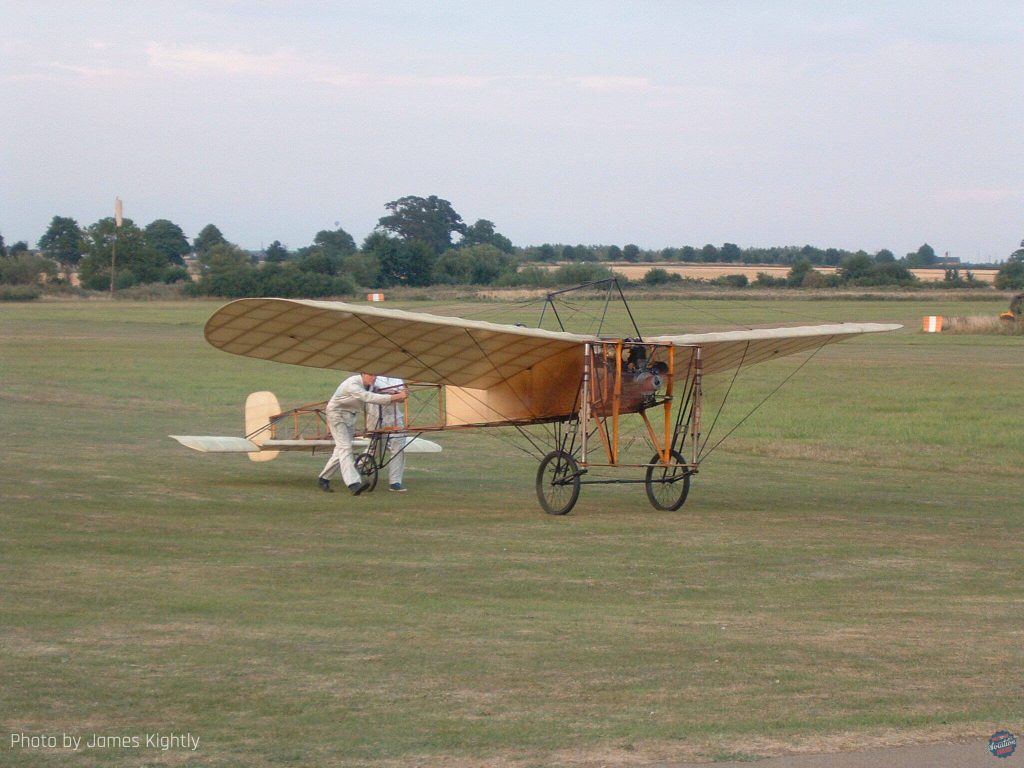
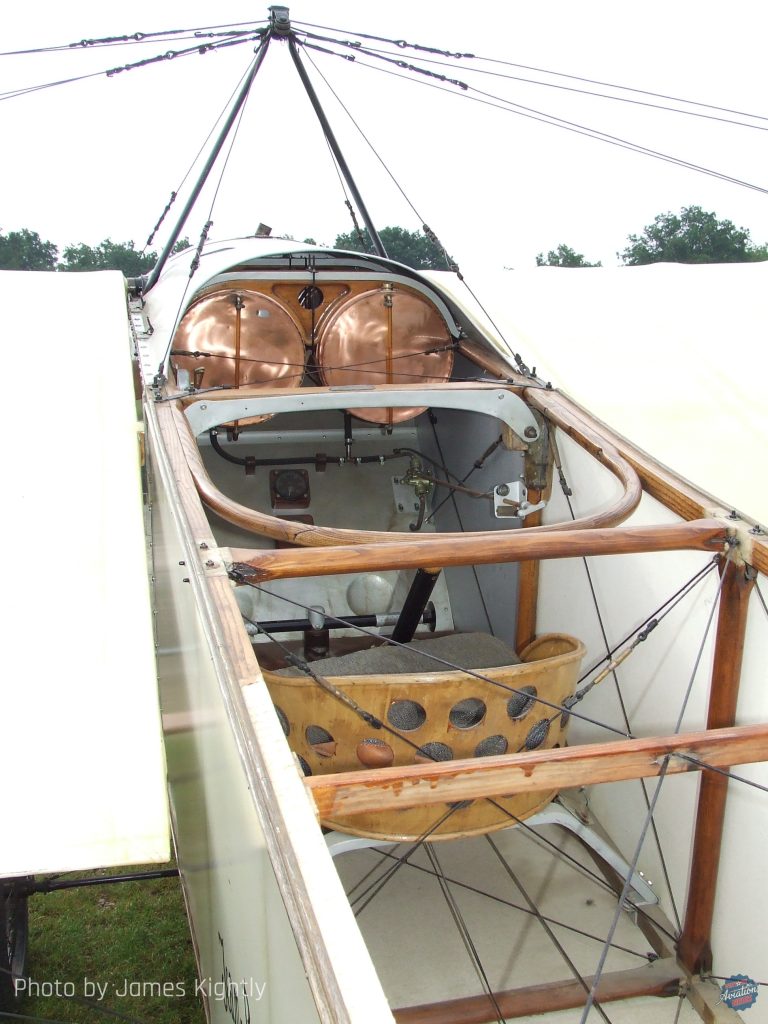
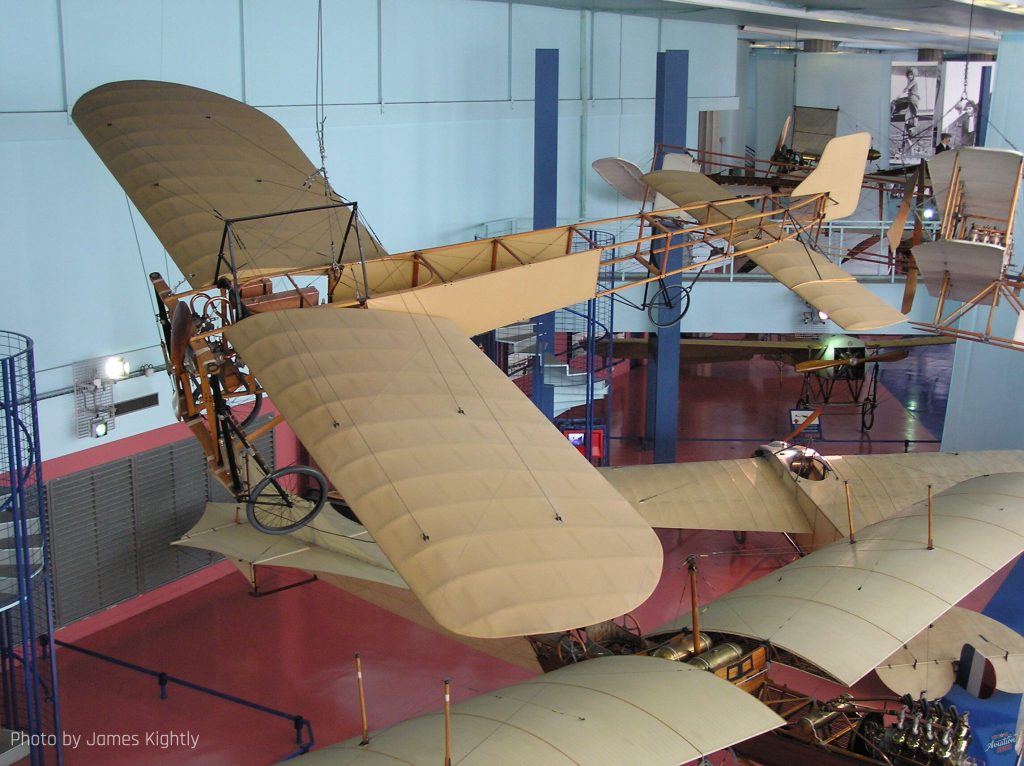
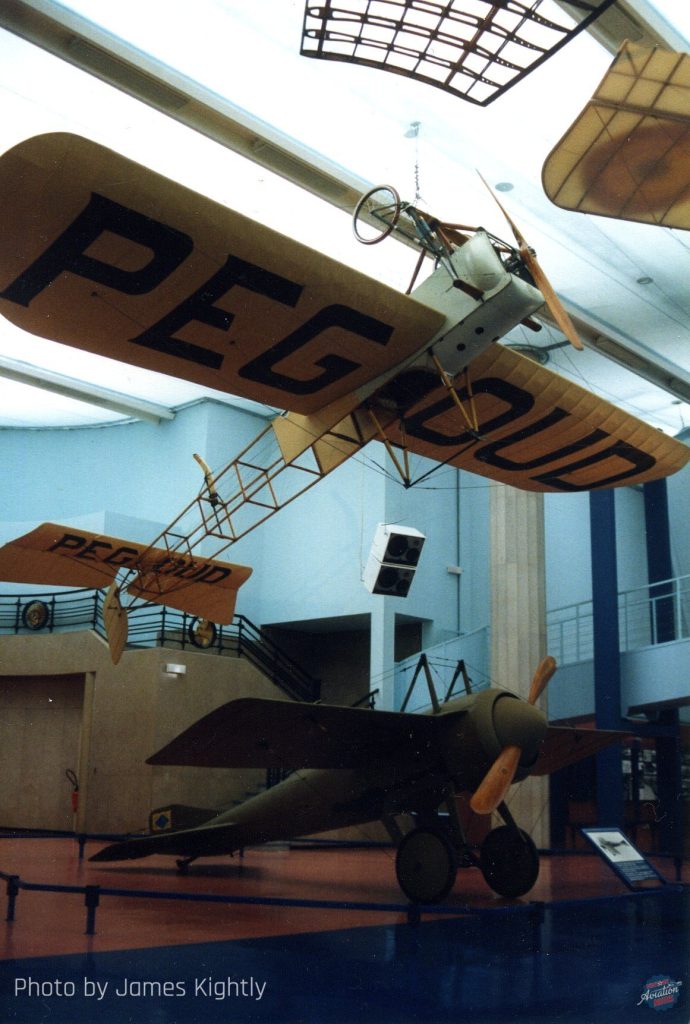
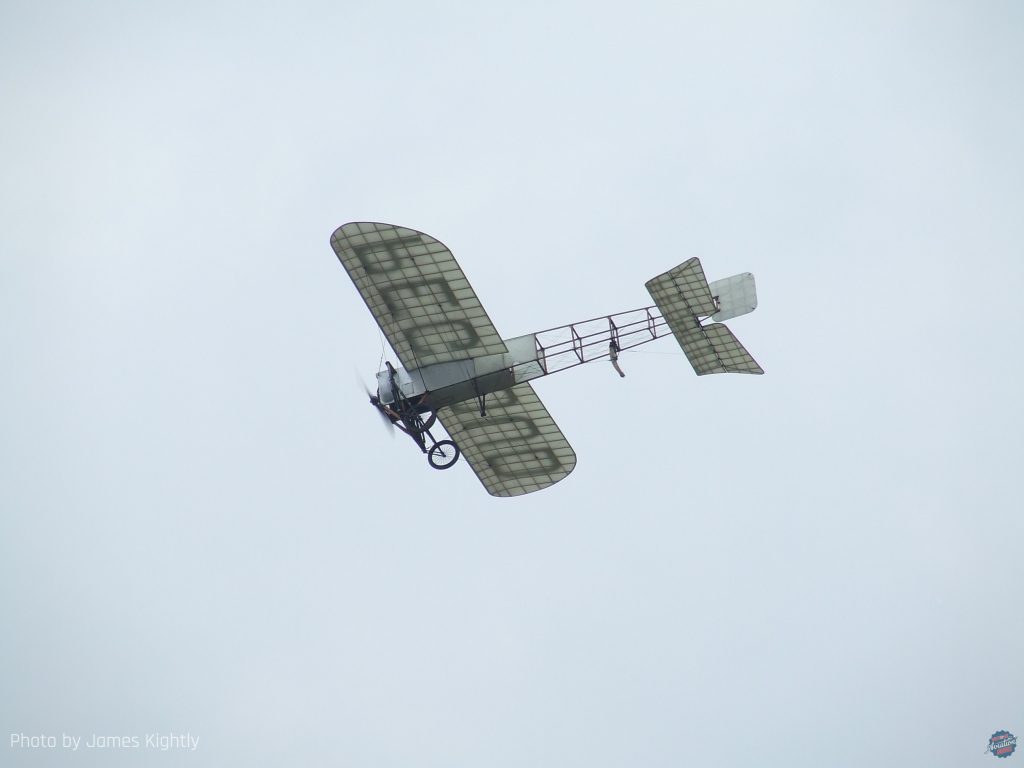


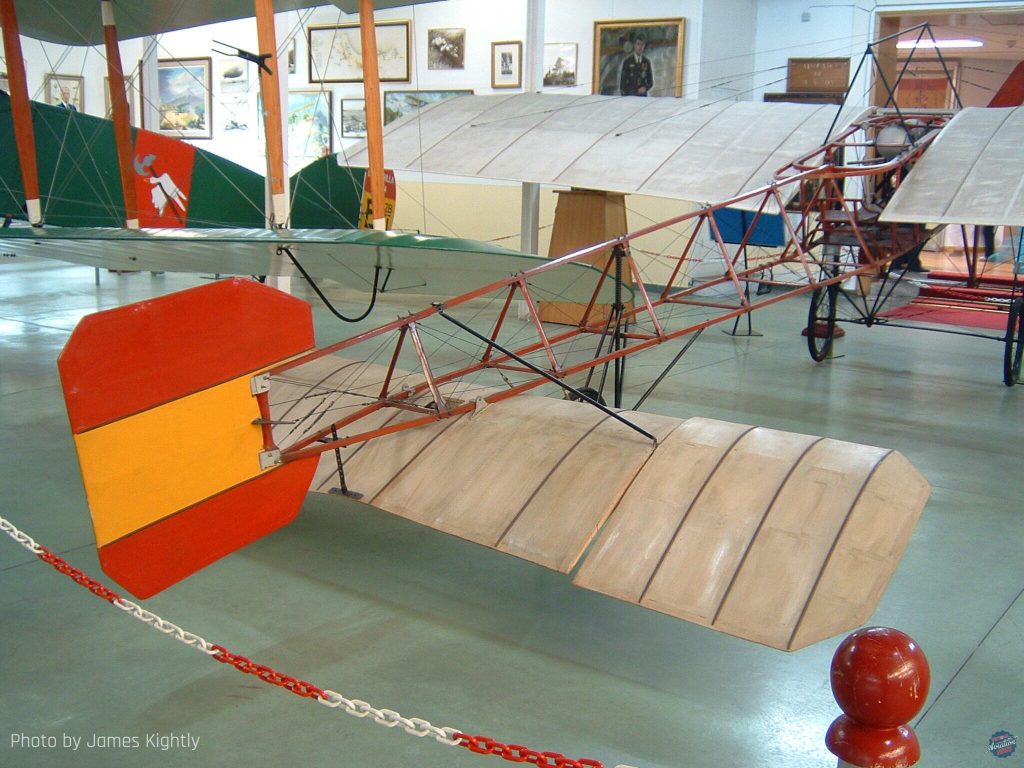
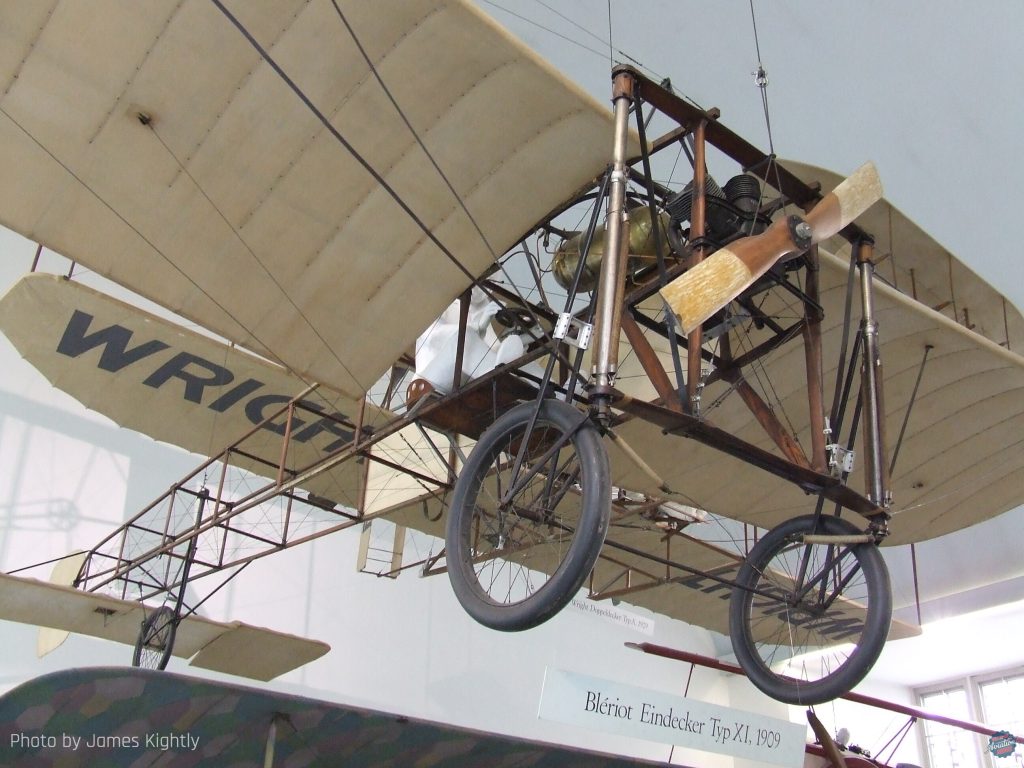
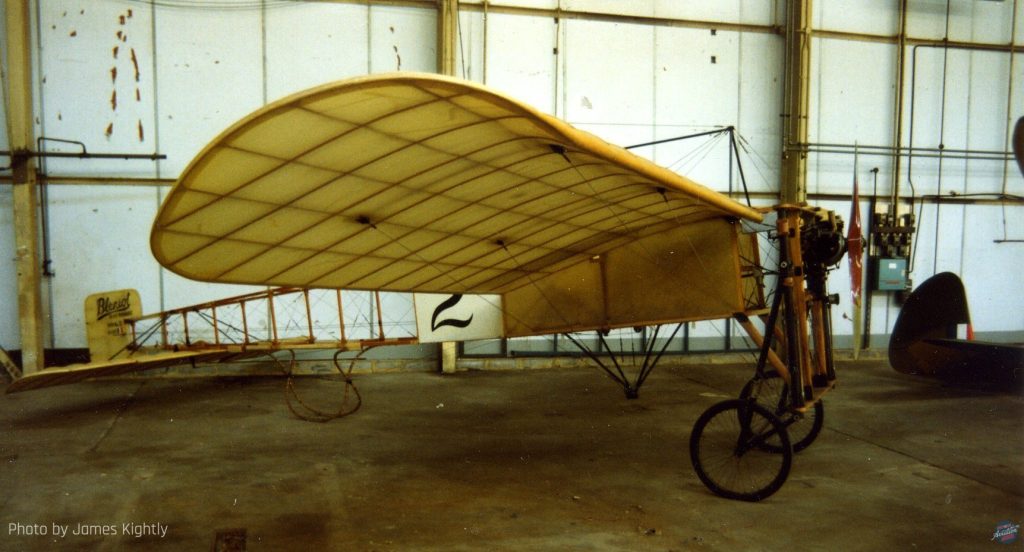
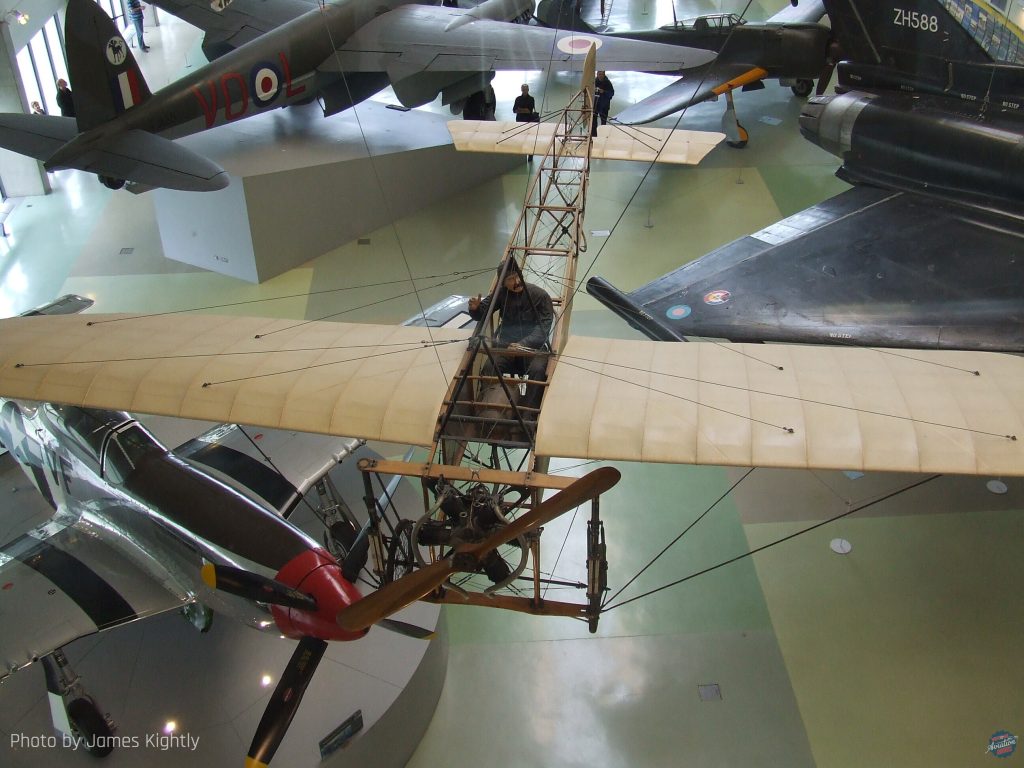
One of Louis Blériot’s major achievements, and one he deserves credit for, was his control system. In the pre-1910 period there were numerous variations in the ways people developed to control their aircraft. The limitations of some systems, such as weight-shift control were not evident, given the very limited performance of aircraft of the time. As evidence it is notable that most designers assumed the use of some sort of rudder control; some sort of pitch control with elevators or foreplane, presupposing that the aircraft was going to be directed up and down, left and right. However roll or bank was not well understood, and often it seemed to be regarded only as a matter of returning an inadvertent bank to the upright position. On the early Bristol Biplanes (Boxkites) the ailerons were called ‘balancers.’ The Wright Brother’s aggressive litigation (against Blériot and Curtiss among others) over their patent as they saw it of the aileron did not help matters.
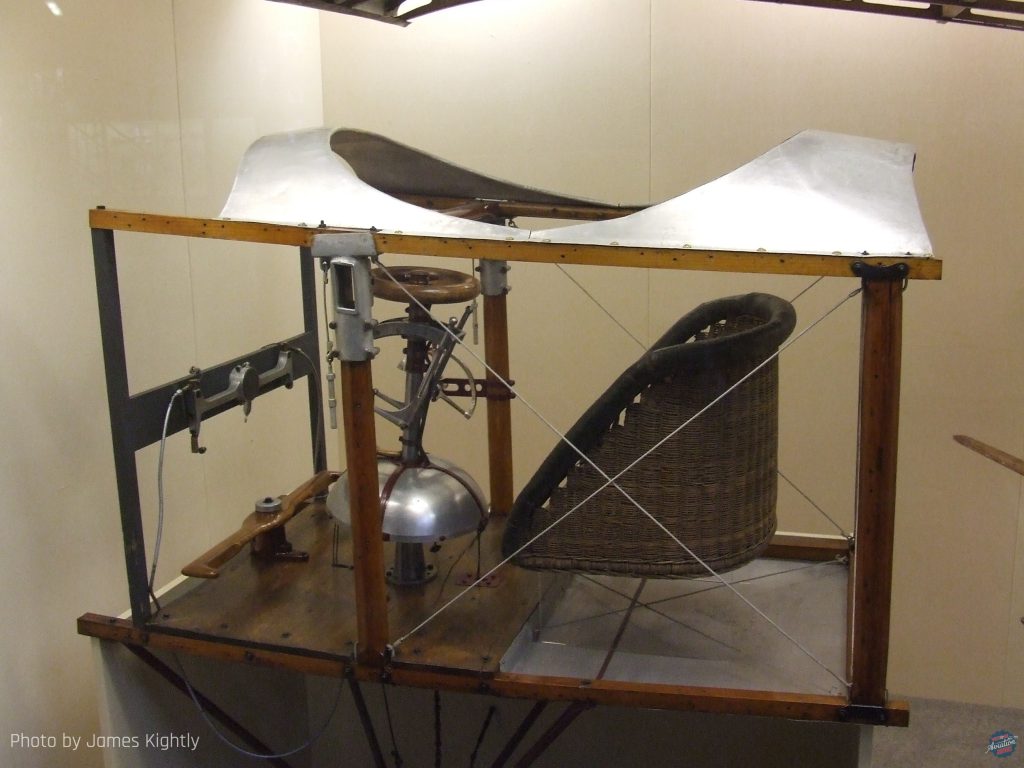
Blériot developed his own system, sometimes known as the Blériot or the ‘Cloche’ system for what is now regarded as the standard configuration of flight controls, with a rudder bar for rudder control, and stick for the other two dimensions. This is well shown in this original Blériot cockpit in London’s Science Museum, the stick bottom ‘cloche’ showing the origin of the other term.
The Canada Aviation and Space Museum has a trio of Blériot themed types currently on display, which well illustrates the remarkable worldwide influence of Blériot, and how his success was followed. Their Blériot [left] did not come from the factory, but was built from locally-available plans by California Aero Manufacturing and Supply Company (San Francisco) in 1911, for John W. Hamilton. It is believed to be the first California-built airplane to fly, but put into storage in 1911, with the museum acquiring it in 1971. The Borel-Morane [center] was developed by Raymond Saulnier, who had worked with Blériot. This is the oldest surviving aircraft to have flown in Canada, and the only survivor of the type. The McDowell Monoplane [right] was a local design and built by Robert McDowall, a land surveyor and civil engineer from Ontario. He based his design on the Blériot concept, but omitted any lateral control and was tail heavy, so was only ever ‘hopped’, not flown









